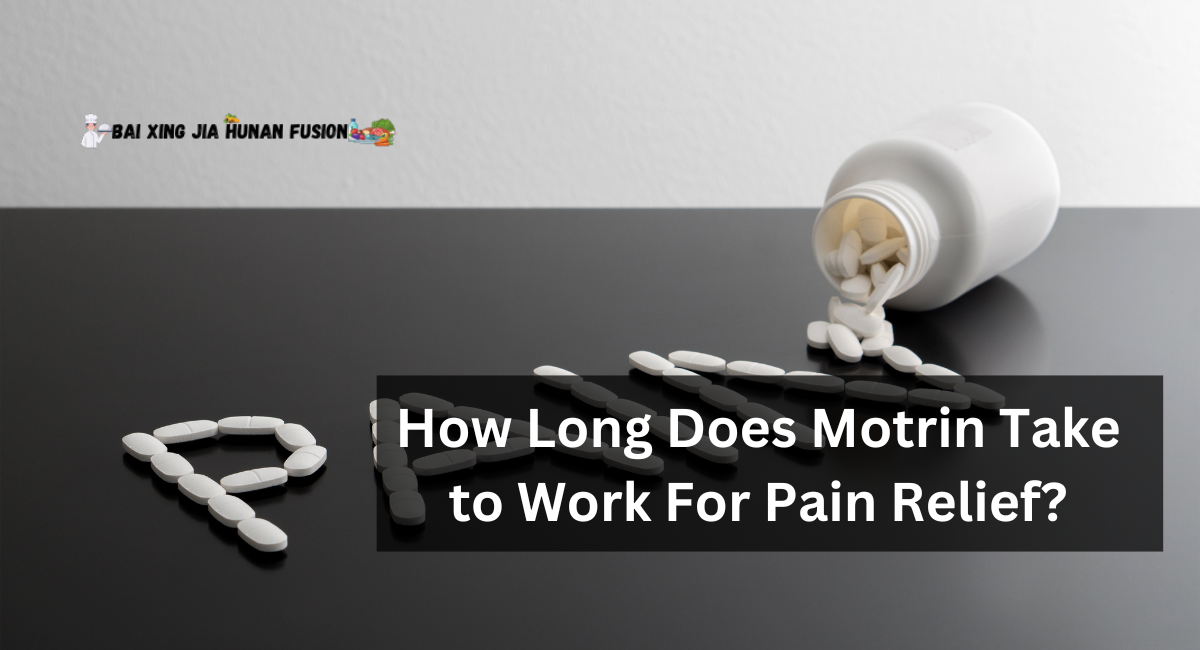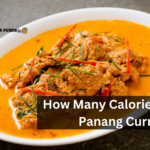In today’s fast-paced society, coping with pain and discomfort can greatly impede our daily lives. Whether it’s a headache, muscle ache, or joint pain, we frequently use over-the-counter painkillers for immediate relief. The efficacy of the popular over-the-counter painkiller Motrin is well-known.
However, how quickly does Motrin alleviate pain? In this article, we will provide the nuances of Motrin and its response time to ensure you have all the information you need to manage pain effectively.
What Is A Motrin?
Motrin is classified as an NSAIDs, a nonsteroidal anti-inflammatory medication, and contains Ibuprofen. Ibuprofen is used to reduce fever and alleviate discomfort. Adult Motrin IB products contain 200 milligrams of Ibuprofen and are available in tablet form or as liquid-filled capsules (Liquid Gels). Also available are Motrin formulations for children and infants.
Motrin contains Ibuprofen, which relieves minor aches and pains. It interferes with prostaglandins, substances produced in response to an injury, and contributes to pain and inflammation. Motrin can temporarily reduce fever and alleviate minor aches and pains induced by the following:
- headache
- minor pain of arthritis
- the common cold
- muscular aches
- backache
- toothache
- menstrual cramps
How Long Does Motrin Take to Work For Pain Relief?
Generally, Ibuprofen takes approximately 30 minutes to begin exerting its effects. However, this timeframe can vary from one individual to the next due to various factors.
Typically, once Ibuprofen begins to work, you will experience a reduction in discomfort or fever. Ibuprofen’s anti-inflammatory effects typically take longer, sometimes a week or longer, to manifest.
After 1 to 2 hours, the concentration of Ibuprofen in your blood is estimated to peak.
Ibuprofen is rapidly eliminated from the body, however. This is one reason why, depending on the ailment being treated, you may be required to take a dose every few hours.
It would appear that the timing of ibuprofen levels in minors is comparable. Younger children may eliminate Ibuprofen from their systems faster than adults.
What Is Ibuprofen And How Is It Used?
Ibuprofen is an NSAID (nonsteroidal anti-inflammatory drug) sold as Advil and Motrin. It reduces or controls inflammation, pain, and fever in babies and adults.
It is available without a prescription as a liquid suspension and a 200-milligram (mg) tablet. Some stronger dosages are available only with a doctor’s prescription.
Who ought not to take Ibuprofen?
Although Ibuprofen is generally secure, it may not suit all patients. You should avoid consuming Ibuprofen if you:
- Have you experienced an allergic reaction to Ibuprofen, aspirin, or another NSAID?
- Possess or have previously possessed a peptic ulcer.
- have recently undergone or are about to undergo a surgical procedure
- being expectant
- Ibuprofen can make you more likely to have a heart attack, stroke, or internal bleeding.
It may also interact with other drugs you are taking. Therefore, it is essential to consult a physician before taking Ibuprofen if you have:
- are 60 or older
- frequently experience symptoms like:
- heartburn
- stomach pain
- stomach upset
have a history of:
- high blood pressure
- heart disease
- liver disease
- kidney disease
- asthma
- have a bleeding disorder or are taking blood-thinning drugs
- use other types of medications, particularly:
- diuretics
- steroids
- other NSAIDs
Factors Affecting Motrin’s Onset of Action
The time it takes for Motrin to provide relief can differ from person to person and is dependent on several factors, including:
1. Individual Metabolism
Your metabolism determines how rapidly your body processes and absorbs Motrin. Those with a faster metabolism may experience alleviation more quickly.
2. Form of Motrin
As mentioned previously, the dosage form of Motrin can influence the commencement of its effects. Tablets or capsules typically exert their effect more slowly than liquid suspensions.
3. Empty Stomach vs. Full Stomach
When taken on an empty stomach, Motrin may be absorbed more quickly and provide pain relief more quickly. To avoid gastrointestinal irritation, it is essential to adhere to the dosing instructions.
4. Severity of Pain
The duration of Motrin’s effects may also be affected by the severity of your pain. Milder, non-chronic pain may respond more quickly to treatment.
What Foods Affect And How Ibuprofen Works?
NSAIDs, like Ibuprofen, should usually be taken with food or milk to lower the chance of gut pain and ulcers.
Ibuprofen’s absorption and onset of action may be delayed or diminished by food or milk.
Food does not inherently diminish Ibuprofen’s ability to control pain and fever.
What Are the Alternatives?
There may be available alternatives to Ibuprofen. The following are examples:
Physical Techniques
There are several body-based pain management techniques available. These include physiotherapy, acupuncture, and the application of heat and cold.
Acupuncture: Acupuncture is an effective treatment for various pain categories, including chronic and back pain.
Heat/Ice Compression: Ibuprofen can be replaced with heat and cold compression. However, heat and cold compression are inappropriate for injuries and discomfort. Always talk to your doctor about the best way to treat your condition.
Heat Compression:
- Heat compression can alleviate chronic joint or muscle discomfort, such as arthritis.
- It increases blood flow to the affected area, which relaxes muscles and relieves rigidity.
- Utilize a warm towel or a hot water bottle to administer a hot compress to the affected area. Repeat this process multiple times per day for 20 minutes until relief is obtained.
Ice Compression:
- Acute injuries and edema, such as sprains and strains, are treated effectively with ice compression.
- It decreases swelling by narrowing blood vessels and decreasing blood flow to afflicted areas.
- Additionally, it may provide temporary pain relief by numbing the afflicted areas.
- To use a cold treatment, wrap an ice pack in a towel and put it on the hurt area for 15 to 20 minutes. Use this treatment several times a day.
Physiotherapy:
- Physiotherapy employs physical techniques and exercises to facilitate healing, reduce pain, increase mobility, and enhance function.
- Physical therapy may involve muscle-strengthening exercises, massage, joint movement, or manipulation.
- Physiotherapy can be used in conjunction with or as an alternative to conventional medication treatment for injuries and pain management.
- It may take time for the benefits of physiotherapy to become apparent.
- However, it may be a suitable alternative to Ibuprofen for specific injuries and discomfort.
Thanks for visiting our site hope you like it ..










